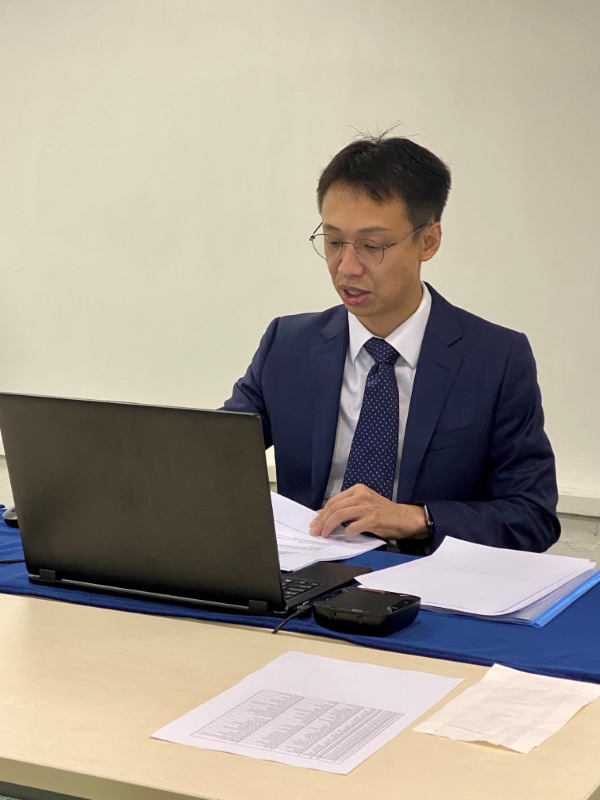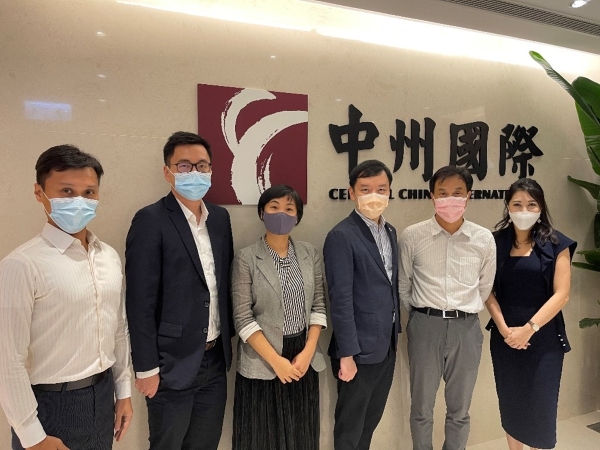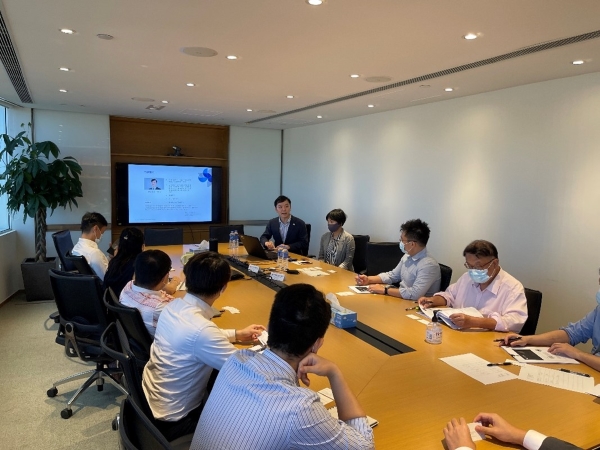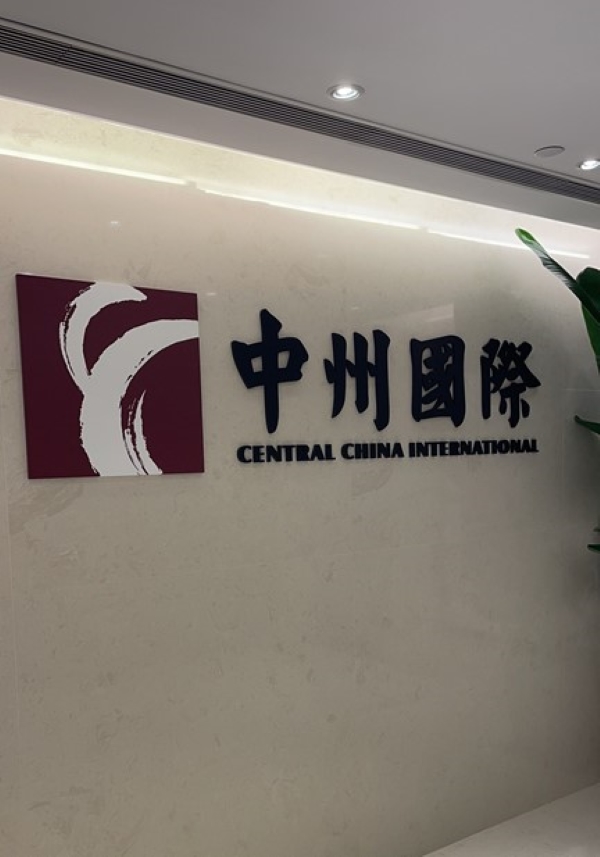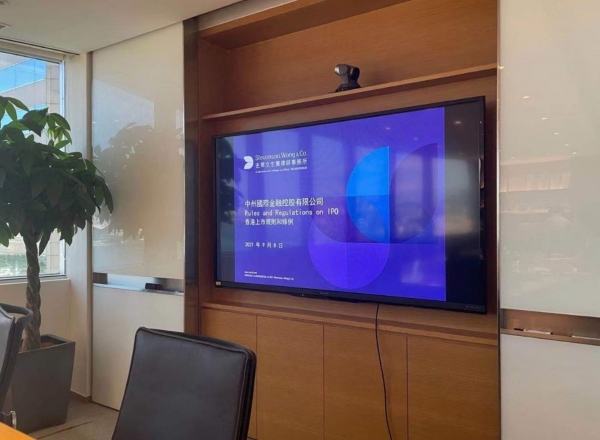Introduction
On 17 September 2021, The Stock Exchange of Hong Kong Limited (the “Exchange”) published a consultation paper (the “Consultation Paper”) introducing its proposal to create a listing regime for special purpose acquisition companies (the “SPACs”) in Hong Kong and the proposed accompanying Listing Rules. The Exchange is seeking market feedback on its SPAC proposals by 31 October 2021.

Reasons for and Potential Benefits of a SPAC Listing Regime
The introduction of a SPAC listing regime in Hong Kong will enhance Hong Kong’s competitiveness as an international finance centre and a fundraising hub. De-SPAC targets consider listing by way of SPACs to be a more attractive option than a traditional IPO. It is because listing via SPACs can potentially result in a shorter listing time, greater price certainty and greater flexibility in structuring a De-SPAC transaction.
That said, the cornerstone of Hong Kong in maintaining its status as an international finance centre is its reputation for high quality listings and stable secondary trading. It is therefore important that the safeguards for the SPAC listing regime would not only maintain but enhance the Exchange’s reputation for attracting quality investors.
Key Proposals to Establish a SPAC Listing Regime
The summary of the key proposals to establish a SPAC listing regime set out in the Consultation Paper is as follows:
Pre De-SPAC Transaction
• Investor Suitability:
1. Only professional investors (as defined under the Securities and Futures (Professional Investor) Rules (Chapter 571D of the Laws of Hong Kong), i.e. (i) an individual having a portfolio of not less than HK$8 million; (ii) a trust corporation with total assets of not less than HK$40 million; and (iii) corporation or partnership which have a portfolio of not less than HK$8 million or total assets of not less than HK$40 million) can subscribe for and trade the securities of SPACs (i.e. prior to the De-SPAC transaction). This restriction, however, would not apply to the trading of the shares of the listed issuer following the completion of a De-SPAC transaction (the “Successor Company”);
2. At its initial offering, a SPAC must distribute each of its SPAC shares and SPAC warrants to at least 75 professional investors and at least 30 of which shall be institutional professional investors; and
3. At its initial offering, at least 75% of each of its SPAC shares and SPAC warrants must be distributed to institutional professional investors by a SPAC;
• Trading Arrangements: there should be separate trading of SPAC shares and SPAC warrants from the initial offering date and with additional mechanisms to mitigate the risks of volatility in the trading of SPAC warrants;
• Dilution Cap:
1. Professional managers who establish and manage the SPAC (the “Promoters”) are entitled to up to a maximum of 20% of the total number of all shares in issue as at the initial offering date with further issuances of up to 10% subject to the Successor Company meeting set performance targets (i.e. earn-outs); and
2. Prohibition from issuing warrants in aggregate that, if exercised, would result in more than 30% of the number of shares in issue at the time such warrants are issued is also proposed;
• SPAC Promoters: SPAC Promoters (typically formed by professional managers who have private equity, corporate finance and/or relevant industry experience) must meet suitability and eligibility requirements including at least one of the SPAC Promoters must be a firm holding: (a) a Type 6 (advising on corporate finance) and/or Type 9 (asset management) licence issued by Securities and Futures Commission; and (b) at least 10% of the Promoter Shares (i.e. shares of a SPAC typically issued at a nominal price to SPAC Promoters at the initial offering, which will convert into SPAC Shares at the time of the De-SPAC transaction);
• Fund Raising Size: the fund-raising size expected by a SPAC from its initial offering must be at least HK$1 billion;
• Funds Held in Trust: 100% of the gross proceeds raised from the SPAC’s initial offering are held in a ring-fenced trust account in Hong Kong until a De-SPAC transaction takes place or the SPAC is liquidated; and
• Issue Price: SPACs are required to issue their SPAC shares at an issue price of HK$10 or above.

De-SPAC Transaction
• Application of New Listing Requirements in full: a Successor Company must fulfil all the new listing requirements (including due diligence by Sponsor, management continuity and ownership continuity requirements, minimum market capitalisation requirements and financial eligibility tests);
• Independent Third Party Investment: this would be mandatory outside independent PIPE investment and must:
1. constitute at least 25% of the Successor Company’s expected market capitalisation (or at least 15% if the Successor Company’s expected market capitalisation is over HK$1.5 billion at listing); and
2. at least one asset management firm or fund (with at least HK$1 billion assets under management/fund size) owns at least 5% of the issued shares of the Successor Company as at the date of its listing;
• Shareholder Vote on De-SPAC Transactions: a De-SPAC transaction must be approved by SPAC shareholders at a general meeting (and would exclude the SPAC Promoter and other shareholders with a material interest). If the De-SPAC Transaction results in a change of control, any outgoing controlling shareholders of the SPAC and their close associates must not vote in favour of the De-SPAC Transaction. SPAC shares shall only be redeemed if the SPAC shareholders voted against a De-SPAC transaction;
• Forward Looking Information: The existing requirements for an IPO (including the requirement for reports from the reporting accountant and IPO sponsor on such statements will apply to any forward looking statements in the listing document for a De-SPAC transaction (including the requirement for reports from the reporting accountant and IPO sponsor on such statements);
• Open Market in Successor Company’s Shares: A Successor Company must have at least 100 shareholders to ensure adequate spread of holders of its shares; and
• Warrants: The Promoter warrants and SPAC warrants are only exercisable after the completion of a De-SPAC transaction.
Liquidation and De-listing
• The SPAC will be suspended from trading and liquidated within one month of such suspension if it: (a) fails to announce a De-SPAC transaction within 24 months or complete a De-SPAC transaction within 36 months; or (b) fails to obtain the requisite shareholders’ approval for a material change in SPAC Promoters within one month of the said material change. The SPAC must return 100% of the funds raised from the initial offering to its shareholders at the price its shares were issued plus accrued interest. The SPAC will then be de-listed.

Analysis and Takeaways
In recent years, listing via SPACs has become one of the trendiest international fundraising methods, and it is primarily prevalent in the United States. Understandably, Hong Kong has taken a cautious approach in considering whether to jump on the SPAC bandwagon. This is because a facet of SPACs can be seen to be cash shells without operations. The use of shell companies as listing vehicles and the so-called back-door listings have always been a regulatory concern, as it has the potential for market manipulation, insider dealing and volatility in the market. To avoid the SPAC listing regime to be used as a means to circumvent the quantitative and qualitative criteria for listing, the Exchange has, among others, proposes to apply new listing requirements to De-SPAC transactions. Thus, the Successor Company will need to meet all new listing requirements.
In early September, Singapore has also picked up the trend and became the first Exchange in Asia to allow SPAC listings. It is therefore a welcoming move for the Exchange to consider and propose the establishment of a SPAC listing regime in order to maintain Hong Kong’s competitiveness as a leading financial centre, especially for companies in Greater China and South East Asia that may wish to get listed via De-SPAC transactions.
Please contact our Partner Mr. Rodney Teoh for any enquiries or further information.
This newsletter is for information purposes only. Its content does not constitute legal advice and should not be treated as such. Stevenson, Wong & Co. will not be liable to you in respect of any special, indirect or consequential loss or damage arising from or in connection with any decision made, action or inaction taken in reliance on the information set out herein.






